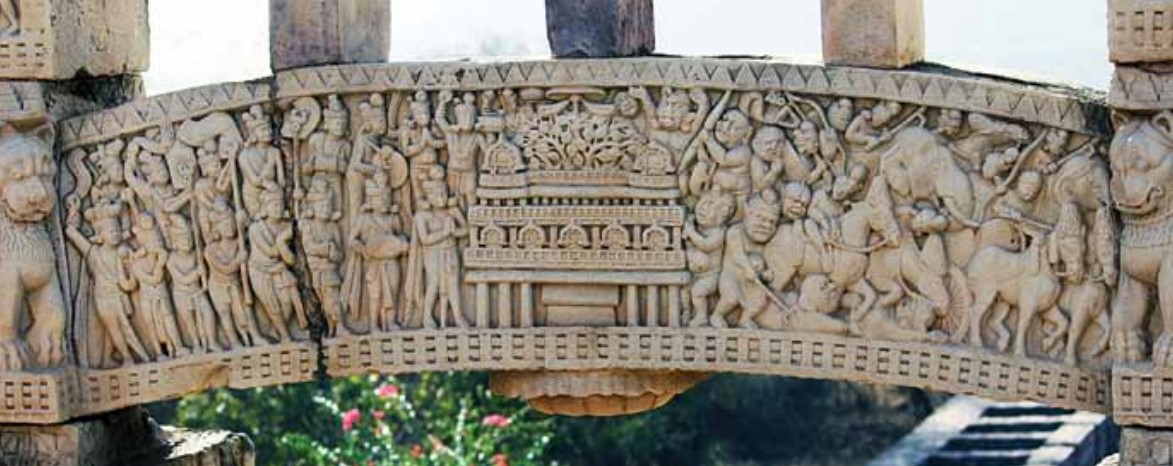New Idiom and Identity: Collective and Individual Search in post partition India
Dr. Seema Bawa presents a capsule account of beginnings, confrontations and growth of the Delhi Silpi Chakra elaborating how the members of the Chakra endeavoured to demystify Indian art.
When we think of the Delhi Silpi Chakra we tend to think of it as some kind of organisation of artists with a formal agenda, rules and ideologies. Instead it probably approximates the nineteenth century concept of collegium musicum, (plural collegiamusica) derived from Latin, literally meaning an ‘association’, which represented a society of amateur musicians. In this case it represented a group of artists whose members pursued shared goals while working within a framework of mutual trust and respect.
Historically it did not begin as a formal, well documented, ideologically driven group rather it was an adda for artists such as Ramkumar, K.G. Subramanyam, Bimal Dasgupta, Shanti Dave Ambadas, K.S. Kulkarni, Devayani and Kanwal Krishna, Dhanraj Bhagat, Shankho Chowdhary. Laterit gave encouragement and shelter to associated members such as Anupam Sud, Gogi Saroj Pal, Jagdish De and others, letting younger artists grow in an unrestricted atmosphere.
It began post Partition in 1949 under the aegis of B C Sanyal, after he re-settled in Delhi. Sanyal’s “refugee studio” at Shankar Market became foci for artists and students in Delhi and became the precursor to what was to later become Delhi Silpi Chakra. Soon it attracted a number of artists who found themselves searching for their creative identities, struggling to find an idiom that could express their anguish, angst and new found freedom. Many of the artists, through their art grappled with the tragedy of Partition, were trying to come to terms with the enormity of the human pain and loss that it had caused. The group also interests to the artists community. Such was Barada Ukil’s power in the 1950’s that a veto from him could often stall a promising artists career or at least sabotage his or her show as Harkrishan Lall and K S Kulkarni had learnt from personal experience.2 In such a scenario, Delhi Shilpi Chakra played a very important role as a counter point to the AIFACS offering an alternative to artists who did not agree with its creative and other policies. 

